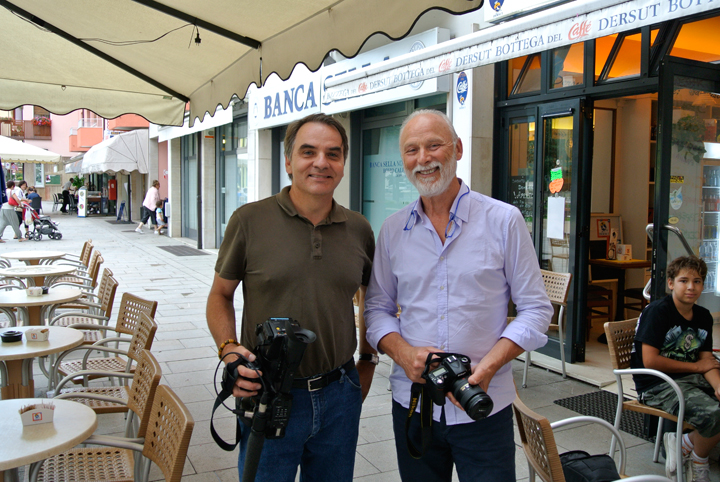ABOVE: Sean O’Shea recounts his trip to Longarone, Italy, 50 years after the rockslide.

A month before John F. Kennedy took an assassin”s bullet in Texas, an event in Northern Italy would forever change the lives of thousands of people. In the picturesque town of Longarone, nestled in the Piave River valley 100 kilometres north of Venice, the mountain behind one of the world”s tallest hydro-electric dams moved: minutes later, 2000 innocent Italians would be killed by a wave of water, a force equal to about twice the energy of the Hiroshima nuclear bomb
Among the victims: 11 members of my family. It was the reason I came to know of this tragic disaster which Italians are still taught about today.
Imagine you fill a bathtub to the top then jump in. The displacement of water caused by your weight will leave water all over the floor. That’s what happened October 9, 1963. Except instead of a body in a bathtub, 260 million cubic metres of rock and earth slid from Monte Toc into the lake above the dam. It took less than a minute. The tidal wave from the tsunami was about 250 metres tall. The wall of water crashing over the Vajont dam wiped out Longarone and several villages below. Almost everything and everyone was washed away.
It was a preventable tragedy, almost everyone agrees. The private company that developed the project was led by a former minister of Benito Mussolini. Local opposition to the project was ignored; so were geological studies that suggested the mountain was too unstable for a hydro-electric dam.

Get daily National news
An Italian journalist, Tina Merlin, was among those critical of the project in a series of articles. But in 1959, when construction of the dam started, the Italian government chose to sue her for libel rather than reconsider the safety of the project. After the flood, some of the engineers faced criminal proceedings–but none was severely punished. One engineer committed suicide. The companies that owned and built the dam were never sued by the government.
In the early 1960s, immigration to Canada from Italy was steady. Not surprising was the response from Canadians. Donations were sufficient to build a new wing at a hospital in nearby Belluno. When I visited the area recently, people still expressed gratitude for the support.
The town of Longarone has been rebuilt. Its trendy main street is dotted with restaurants and bars, many of which have a good view of the concrete dam that still stands. Despite the force of the disaster, the dam–27 metres thick at its base–was barely damaged. It remains in place–but will never be put to use again. The site was opened to visitors in 2002.
Survivors and family have a vivid reminder of what can happen when safety risks on projects are ignored. The memorial museum displays pocket watches frozen in time, just before 11 p.m. when the water overtopped the dam. There are pieces of cars washed downstream–along with artifacts from the local church. More importantly, a cemetery where the victims of the Vajont disaster are laid to rest. There are 2000 good reasons to be more careful next time.
- Police end Thunder Bay landfill search after no new evidence found in woman’s death
- Man accused of shooting officer in Welland, Ont., remains in hospital: Niagara police
- Ontario looks to expand practical component of teacher education: minister
- Shaw Festival to bring productions to Toronto’s Harbourfront Centre









Comments